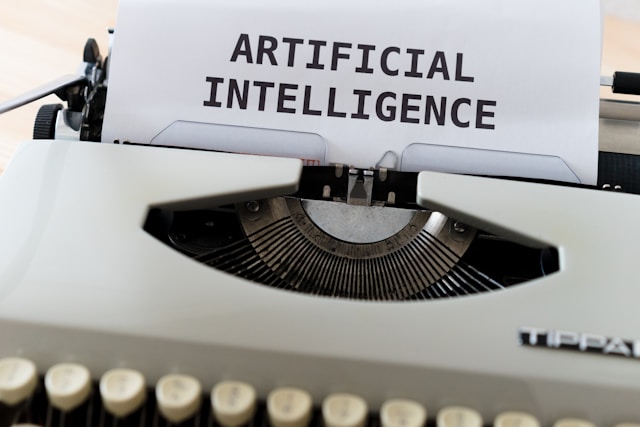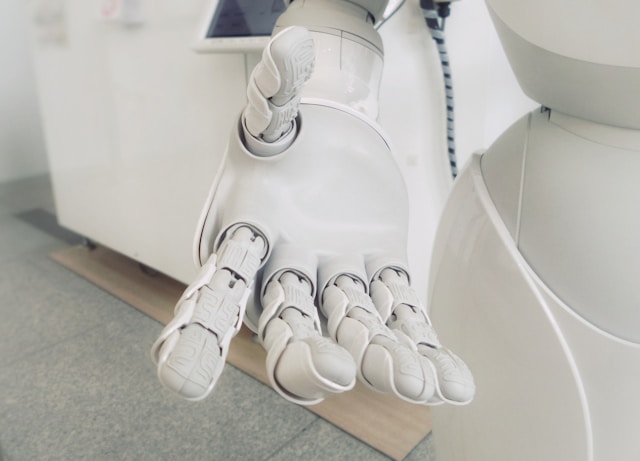Conversational AI, a subfield of artificial intelligence that focuses on enabling machines to interact with humans in natural language, has seen remarkable advancements in recent years. This progress has made conversational AI not just a fascinating technology, but also a superior tool compared to traditional user interfaces (UIs) and even some human-to-human interactions in certain contexts. Here are the key reasons why conversational AI is considered better:
Enhanced Accessibility
One of the primary advantages of conversational AI is its ability to make technology more accessible. Traditional graphical user interfaces (GUIs) often require a certain level of technical literacy, which can be a barrier for many users. In contrast, conversational AI interfaces leverage natural language, allowing users to interact with systems using everyday language. This can be especially beneficial for individuals with disabilities, such as those with visual impairments, who can use voice commands to interact with devices.
Improved Efficiency
Conversational AI can significantly improve efficiency in both personal and professional settings. For instance, voice-activated assistants like Siri, Alexa, and Google Assistant can perform tasks such as setting reminders, sending messages, and retrieving information much faster than a user navigating through menus and typing commands. In customer service, chatbots can handle multiple inquiries simultaneously, providing instant responses and freeing up human agents to tackle more complex issues. This not only enhances productivity but also leads to faster resolution times for users.
Personalization
AI-powered conversational systems are capable of learning from interactions, enabling them to offer personalized experiences. By analyzing past interactions, preferences, and behaviors, conversational AI can tailor responses and recommendations to individual users. This level of personalization can improve user satisfaction and engagement, as the system becomes more attuned to the user’s needs and preferences over time. For example, e-commerce platforms using conversational AI can suggest products based on previous purchases and browsing history, enhancing the shopping experience.
Scalability
Conversational AI offers unparalleled scalability. Traditional customer support models rely heavily on human agents, making it challenging to scale up during peak times without significantly increasing costs. Conversational AI, on the other hand, can handle an unlimited number of interactions simultaneously without a drop in performance. This scalability makes it an ideal solution for businesses looking to provide consistent and high-quality customer service around the clock, without the need for a proportional increase in human resources.
Cost-Effectiveness
Implementing conversational AI can lead to substantial cost savings for businesses. While the initial setup and integration of AI systems might require investment, the long-term benefits include reduced labor costs and increased operational efficiency. Automated systems can handle routine inquiries and tasks, reducing the need for large customer support teams. Moreover, AI systems do not require breaks or shifts, ensuring continuous operation and availability.
Continuous Improvement
One of the standout features of conversational AI is its ability to learn and improve over time. Machine learning algorithms enable these systems to become more accurate and effective with each interaction. Feedback loops allow AI to refine its understanding and responses, leading to progressively better performance. This continuous improvement cycle ensures that conversational AI systems remain up-to-date and capable of handling evolving user needs and language nuances.
Multilingual and Multimodal Capabilities
Conversational AI is not limited by language barriers. Advanced models can understand and respond in multiple languages, making them invaluable in a globalized world. Furthermore, conversational AI can operate across various modalities, including text, voice, and even visual inputs through technologies like computer vision. This flexibility allows for more versatile and inclusive user interactions.
One of the most promising industry startups, CleanDesk AI, is focussed on democratizing Conversational AI by making it simplified, accessible and affordable. CleanDesk AI enables a business to converse effortlessly, automate seamlessly, and transform significantly through tailored AI solutions, revolutionizing their business operations.
Conversational AI offers numerous advantages over traditional interfaces and even some human interactions, including enhanced accessibility, improved efficiency, personalization, scalability, cost-effectiveness, continuous improvement, and multilingual capabilities. These benefits make conversational AI a superior choice in many applications, driving its adoption across various industries and transforming how we interact with technology. As AI continues to evolve, the potential for conversational AI to further revolutionize user experiences and business operations is immense.







Leave a Reply